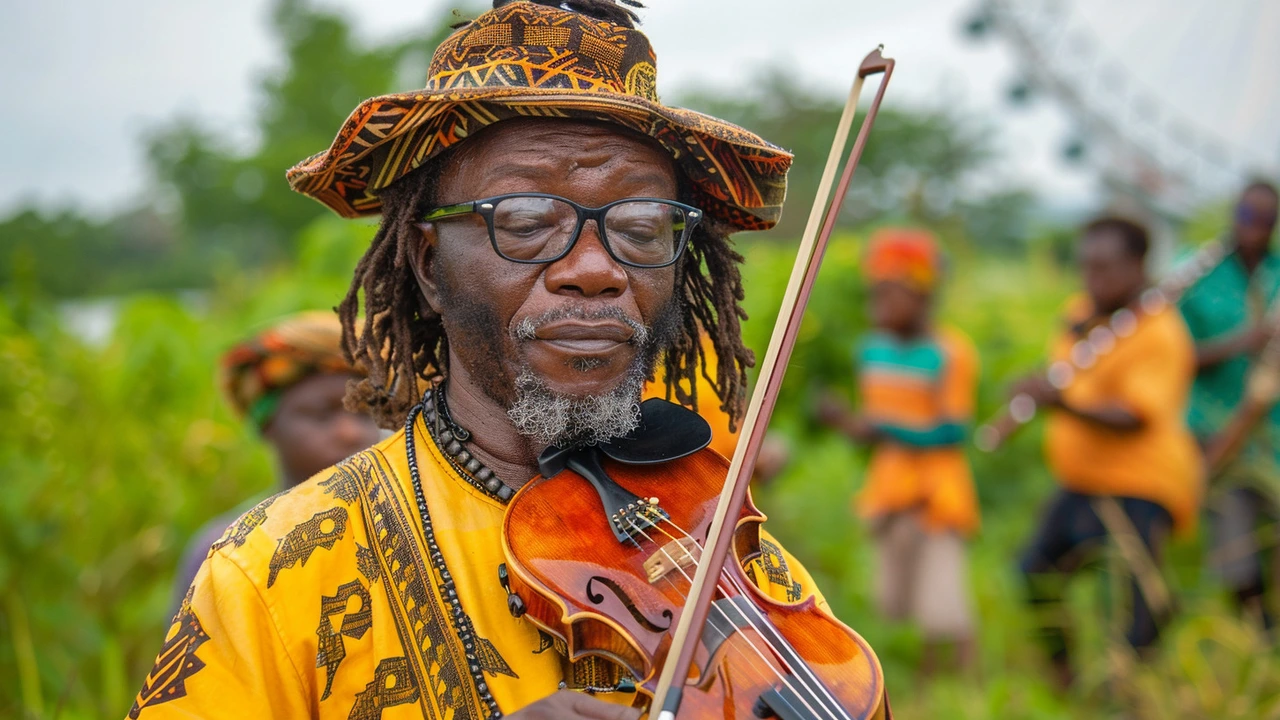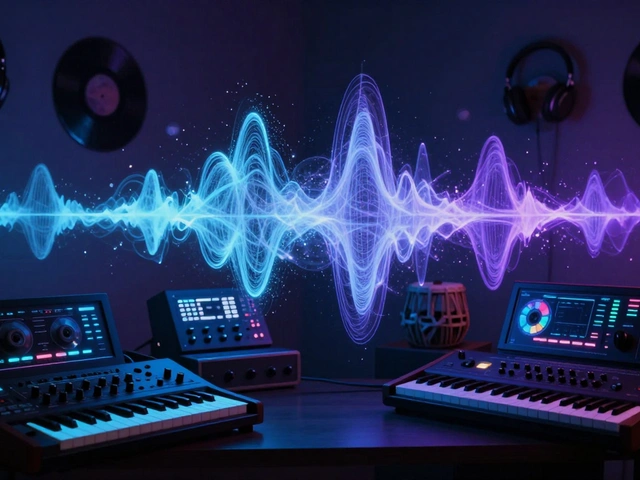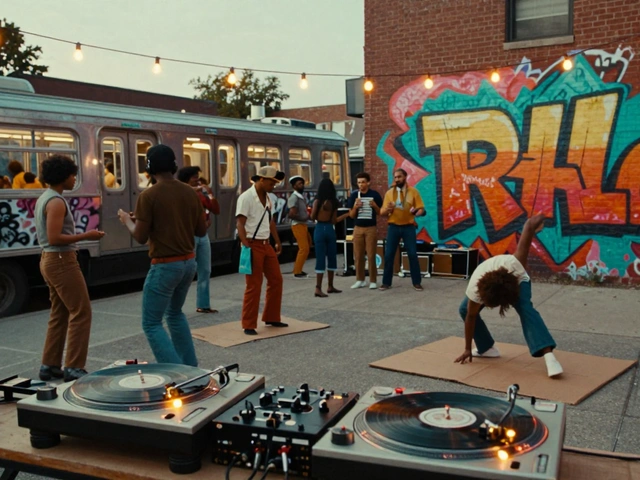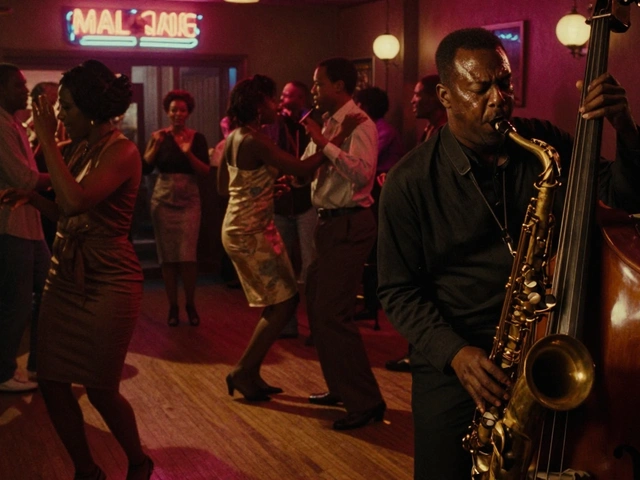The Role of Musical Instruments in Cultural Exchange
Musical instruments are not just tools for producing melody; they are bridges connecting disparate cultures, echoing the shared humanity across geographical, linguistic, and social divides. Each instrument, from the African Djembe to the Australian Didgeridoo, tells a story of its people, embodying the spirit, struggles, and celebrations of its community. The Silk Road, an ancient network of trade routes, not only facilitated the exchange of goods but also the diffusion of musical instruments and styles, laying the groundwork for the intercultural musical exchanges we witness today.
In our modern era, music education programs globally incorporate world music curriculums, enabling students to learn about and play instruments from various cultures. This exposure fosters appreciation and respect for different traditions and encourages a melding of musical styles, giving rise to innovative genres and sounds. Moreover, international music festivals and workshops have become melting pots where musicians and enthusiasts from all corners of the world come together, united by a love for music. Whether it's the fusion of jazz with Indian classical music or the incorporation of electronic beats into traditional folk tunes, these collaborations highlight the endless possibilities when cultures converge through music.
Music Instruments as Tools for Fostering Global Harmony
While music can bridge cultural gaps, it also serves as a powerful medium for social change. Instruments often play a central role in movements advocating peace and unity. Take, for example, the iconic image of John Lennon playing 'Imagine' on the piano—a call for world peace that still resonates with many. In conflict zones, organizations use music therapy sessions, involving local and foreign instruments, as a means for healing and bringing together divided communities. The universal language of music allows participants to express themselves and find common ground, irrespective of their backgrounds.
Furthermore, the revival and preservation of endangered indigenous musical instruments are crucial in maintaining cultural heritage and diversity. Initiatives around the globe aim to safeguard these treasures, teaching new generations the importance of their ancestral sounds. By acknowledging and celebrating the variety of musical instruments, we take a significant step towards a more inclusive world that values and cherishes its multifaceted cultural identity.
Indeed, the story of musical instruments is a testament to the interconnectedness of human experiences. As Winston and I explore different musical sounds in our home, I'm reminded of the extensive reach and impact these instruments have in uniting us. Let us continue to embrace the diverse melodies that fill our world, for in them lies the key to mutual understanding and lasting peace.






